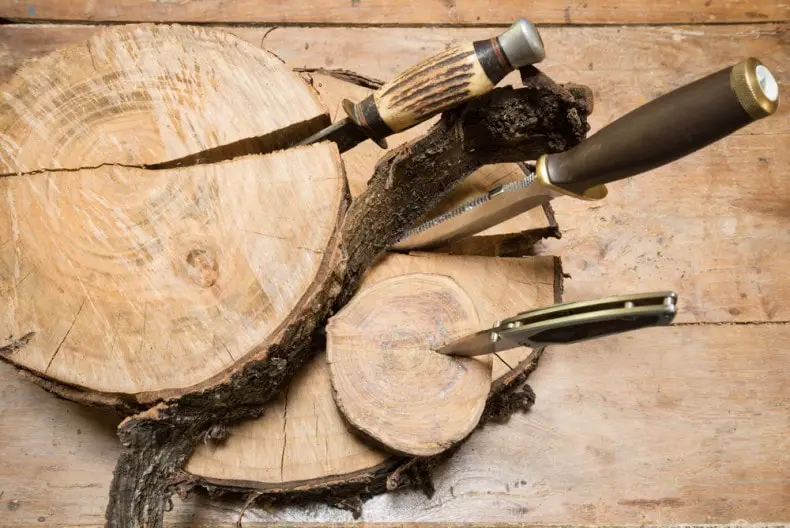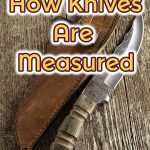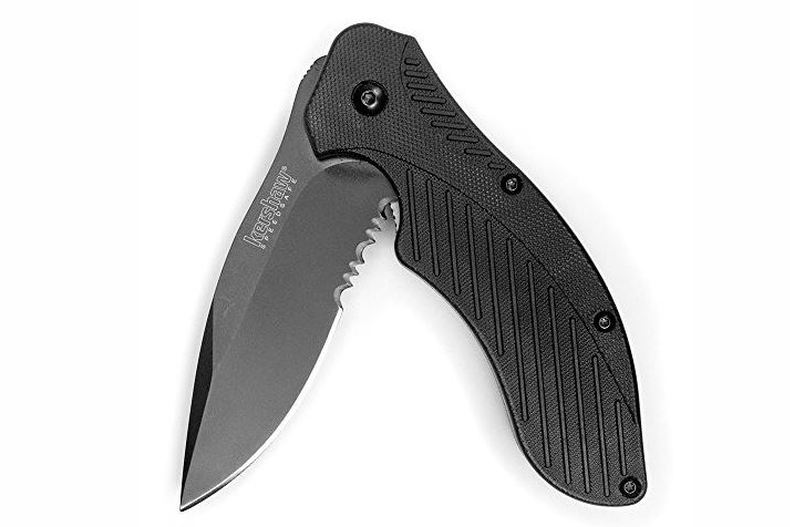When it comes to knives, many people do not know some important things about them. One of the key things we tend to see mistaken revolves around how knives are measured. This is an understandable issue, however.
People tend to feel that knives are measured in certain or specific ways. However, this is not exactly universal across the entire spectrum of knives. The reason for this is that the specific length of the blade or size overall is more important in one area, the kitchen.
Yes, knife measurements are very important with kitchen knives simply due to the wide variety of knives out there. Obviously, cooks know the difference it makes to have a Chef’s Knife versus a Pocket Knife or a Utility Knife.
What is the main reason the difference is important to know? It’s the job that a specific knife is best for. Chef’s Knives have many uses but so do Utility Knives. However, you don’t need to use a Utility Knife if the Chef’s Knife can do the job. In fact, Utility knives are present to cut things too small for the Chef’s Knife to effectively take care of.
Little stuff like this is important. The length is roughly the same, but the thickness of the blade and size are quite different. Due to all of this being so important, we wanted to make sure we explain the differences. The first step in doing this is understanding the anatomy of a knife.
Table of Contents
Anatomy Of A Knife
To save you time here, we’re going to go ahead and mention that we’re not going to over the endless types of blades. We’re only focused on the basic knife and how it is measured. That said, let’s get started on the basic anatomy.
Tang:

The tang is pretty much the handling area. However, it’s not the handle itself. See, when knives are made the blade does not just go from the point to the handle. Instead, the knife blade extends down into the handle.
The tang is that section of the blade that goes into the handle itself. You might see different types of tangs, however. There are actually three versions: Full, Partial, & Rat Tail.
A Full Tang is when the blade goes all the way from the top of the handle to the bottom. As the name suggests, the Partial Tang stops halfway into the handling.
The Rat Tail is a tang that goes into the handle but begins to decrease in size from the blade into the handle. The tang technically looks like a tail underneath the handling, which is where it gets its name. This is pretty much only seen in Asian knives or blade types.
Handle, Bolster, & Butt:

All are relatively well known here but the handle is where you grip the knife. Meanwhile, the butt is the bottom section of the knife at the end of the handle. There are two types of handles, Eastern & Western. The Western is known for its visible rivets while the Eastern does not have any visible rivets.
The Butt can be one of two types as well, the Endcap & Carved. Endcaps are present to essentially balance the blade and likely will be in bigger knives. Carved Butts are present to act as a backstop to your hand. Both can be pretty important for the knife they are connected to.
The Bolster, on the other hand, is less known. It’s going to be in between the start of the handle and the end of the blade itself. They are going to be present in knives that need more weight. In fact, a Bolster is only in forged knives and placed to add balance and weight.
There are two types of Bolsters: Full & Partial. The Full is an entire bolster and present to act as a finger guard. Partial Bolsters give you the entire blade and allow the blade to be sharpened.
Blade Face & Spine:
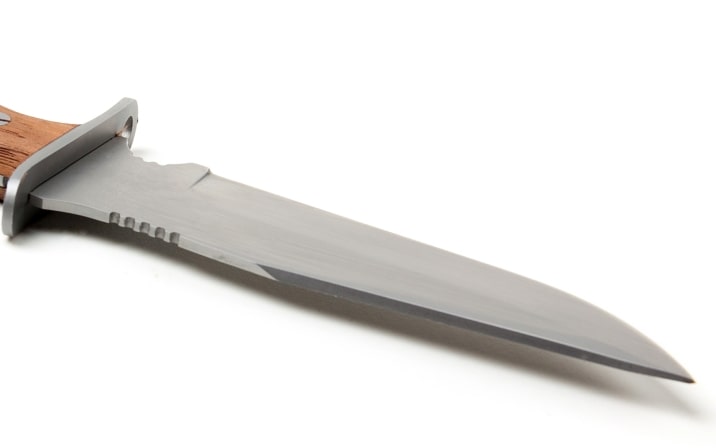
The Blade Face is pretty easy to know about, it’s the main side of the knife itself. There are two types of Blade Faces: Flat & Hollow Ground. For Flat Blade Faces, you’ll have a wide flat side of the knife. In larger knives, one can even serve food on them.
Hollow Ground Blade Faces are going to have literal holes in the blade, referred to as “air pockets.” They are present to release food through them.
The Spine is also pretty simplistic, it’s the side of the knife the blade is not present. A spine can only be present in a knife that is not two-bladed.
Cutting Edge & Tip:
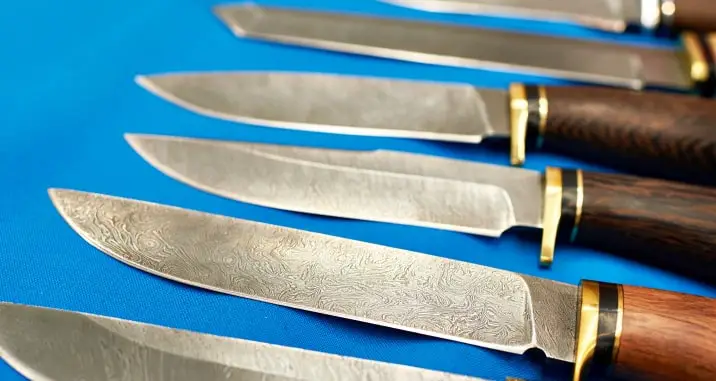
Cutting Edge is pretty much the sharp part of the knife that you’re going to cut with. Meanwhile, the Tip is the point of the blade that is mostly present for precision cutting and quick cutting/slicing.
There might be various types of cutting edges but this is all dependant on the type of knife we’re discussing. There might be an angled type of cutting edge or one that looks completely crazy, again, it’s all about the type of knife.
Of course in regular knives, you’ll have either a straight blade or serrated one. The straight blade will be the smooth straight edge while serrated blades have what kind of looks like teeth on the cutting edge. Serrated knives are used for more difficult jobs.
How Is The Length Or Size Of Knives Measured?
Now that you know the anatomy of a knife, you can better understand how knives are measured. Why is that the case? Because the entire anatomy matters when discussing the measurements.
For most knives, the knife measurement tends to be only about the blade. Meaning, you’ll measure from the tip of the blade to the start of the handle. Of course, for those that have Bolsters on them, you measure from the tip to the start of the Bolster.
For outdoor knives, bolsters are not really a thing usually. Therefore, only the blade is important for them.
You can see why it’s good to know the Knife Anatomy already, right?
Now, if you’re wanting to know the true measurement of a knife then you might be asking for the measurement from the tip to the end of the handle. These would be the true start to finish measurements in terms of length.
You may also see people who want to know the measurements of the handle, which would usually be someone who cooks a lot. They might have a larger or smaller hand, thus they could utilize a custom-built knife set. For them, every measurement counts.

